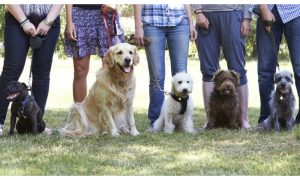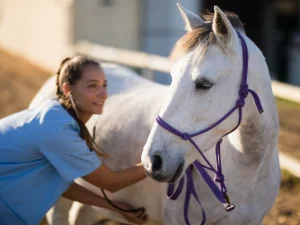Each canine has a unique personality. Because of this, each dog’s reaction to traveling in a car is unique. Despite this, more than 70% of dogs exhibit anxiety symptoms, which are frequently centered around autos. How can car owners make their pets feel more at ease while driving around town? The advice that follows is for owners who want to help their dogs who experience car anxiety.
First, a dog may exhibit symptoms of travel anxiety for a number of reasons. Motion sickness is one of the key contributors. Like people, dogs can get car sickness. Particularly puppies experience this since their ears and sense of balance are still developing. The puppy’s motion sickness might fade away, but there may still be a link between driving and bad health.
The dog may be afraid due to other causes, like overstimulation or a recent auto accident. A sensory overload can result from a multitude of factors, such as passing vehicles or loud, new noises that strain the sense of hearing. Such unpleasant feelings could spiral out of control and cause stress and anxiety. Not to mention that the dog might link tiresome doctor visits with extended automobile trips.
What symptoms or signals should dog owners watch out for when traveling? The signs of a problem vary, just like personalities do. A common indication of stress in dogs is an increase in panting, chewing, licking, drooling, whimpering, or shivering. Premature urination or feces, nausea, diarrhea, or even a reaction might happen in more extreme situations. In the event that a dog exhibits a violent reaction to car phobia, the owners must seek professional training right away. If not, the dog could endanger both itself and other people.
What more can owners do to assist a nervous dog? Due to the problem’s prevalence, several treatments are available, including prescription medications, calming pheromone products, anti-anxiety compression jackets and collars, as well as over-the-counter calming items created especially for dogs. These are typically quick cures with no long-term consequences. The best long-term methods for ensuring your dog’s success on the road, according to experts, are training and behavior modification.
Although it’s best to train a pet to get used to the car when it’s young, owners can teach an older dog new skills and maintain their composure in a moving car using a variety of ways. Please refer to the following infographic for further information on reducing a canine travel companion’s anxiety.




More Stories
Your Dog- Trained or Untrained?
Best Pet Resources in South Africa for Owners Who Want the Best
Top 3 Best Automatic Pet Feeders In 2025